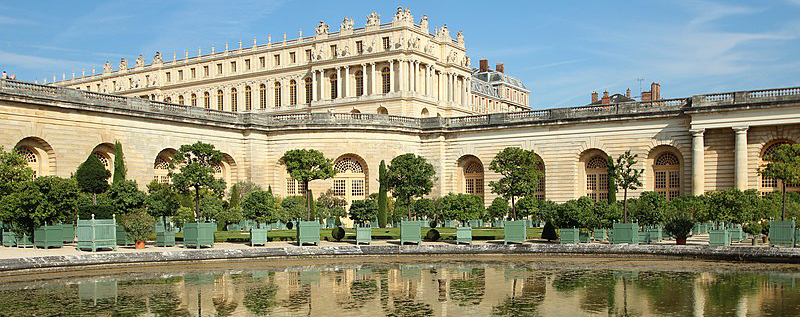Orangery
Orangery is a term that originates from as early as the 1600's from Italian Renaissance gardens, due to both the increasing availability of glass and the growing number of merchants returning from warmer climates with exotic plants growing oranges, bananas or pomegranates.
As described, other examples of the original orangeries, can be traced back to the 1400's in Korea, where they were built to grow Mandarin oranges. Or yet earlier still to the story of medicinal cucumbers grown year round for the Emperor Tiberius in a structure covered in small translucent sheets of mica known as a specularium, often with fires inside and out to keep away the cold.
Traditional orangeries as the came to be known in Europe, would have been solid constructions, primarily from the same brick or stone as the main building but with greater expanses of glazing helping to extend the growing season and broaden the types of plants able to be grown, enabling them to survive colder winters months.
By the 17-1800's orangeries had started to emerge in the Netherlands, France and Germany, often with an exposed internal wall to be warmed by the sun during the day to release at night or even sources of heat to maintain appropriate temperatures. The buildings tended to have columns or pilasters punctuating windows sashes, with inset lantern roofcombined with a standard roof, deep fascia mouldings (entablature) which needs steel support for the inset lantern or laminated beams.
The Orangerie at the Palace of the Louvre in Paris was built in 1617 (now Musée de l'Orangerie) which became the inspiration for many others, the culmination of which was perhaps in the largest orangery to be found in Europe which is the Versailles Orangerie. It was built for Louis XIV's and houses 3,000 orange trees, it was eclipsed in size by the original Crystal Palace of 1841, but after that was destroyed it remains the largest orangery standing.
(image credit Lionel Allorge licensed under the Creative Commons Attribution-Share Alike 3.0 Unported)
[edit] Related articles on Designing Buildings
Featured articles and news
One of the most impressive Victorian architects. Book review.
RTPI leader to become new CIOB Chief Executive Officer
Dr Victoria Hills MRTPI, FICE to take over after Caroline Gumble’s departure.
Social and affordable housing, a long term plan for delivery
The “Delivering a Decade of Renewal for Social and Affordable Housing” strategy sets out future path.
A change to adoptive architecture
Effects of global weather warming on architectural detailing, material choice and human interaction.
The proposed publicly owned and backed subsidiary of Homes England, to facilitate new homes.
How big is the problem and what can we do to mitigate the effects?
Overheating guidance and tools for building designers
A number of cool guides to help with the heat.
The UK's Modern Industrial Strategy: A 10 year plan
Previous consultation criticism, current key elements and general support with some persisting reservations.
Building Safety Regulator reforms
New roles, new staff and a new fast track service pave the way for a single construction regulator.
Architectural Technologist CPDs and Communications
CIAT CPD… and how you can do it!
Cooling centres and cool spaces
Managing extreme heat in cities by directing the public to places for heat stress relief and water sources.
Winter gardens: A brief history and warm variations
Extending the season with glass in different forms and terms.
Restoring Great Yarmouth's Winter Gardens
Transforming one of the least sustainable constructions imaginable.
Construction Skills Mission Board launch sector drive
Newly formed government and industry collaboration set strategy for recruiting an additional 100,000 construction workers a year.
New Architects Code comes into effect in September 2025
ARB Architects Code of Conduct and Practice available with ongoing consultation regarding guidance.
Welsh Skills Body (Medr) launches ambitious plan
The new skills body brings together funding and regulation of tertiary education and research for the devolved nation.
Paul Gandy FCIOB announced as next CIOB President
Former Tilbury Douglas CEO takes helm.























